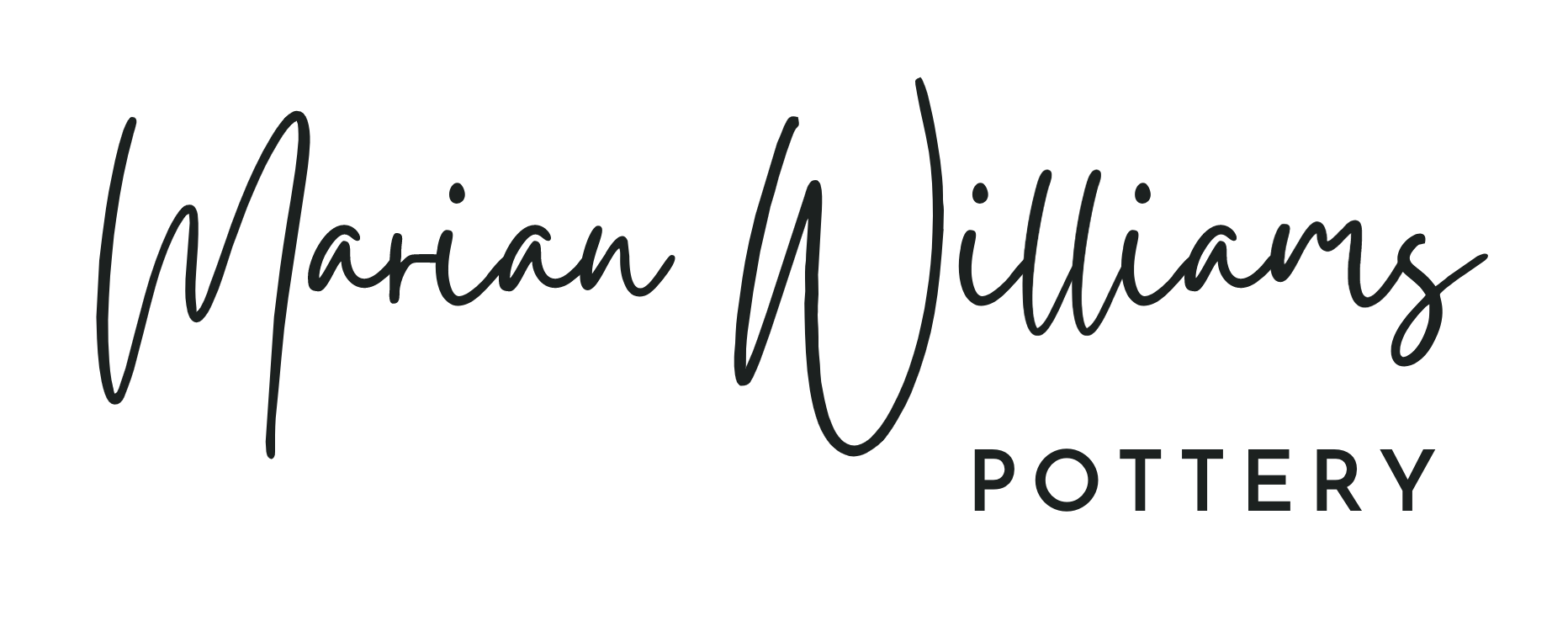Before firing this time, I decided to get some expert advice from Ann Lee. Ann has been doing pottery for over 30 years and is a wealth of knowledge! Her kind ways and gentle nature have made her an institution of sorts in the Tweed and Murwillumbah, Australia pottery scene. She is highly involved in both the Murwillumbah Potters Group that works at Fernvale and the Tweed Unlimited Arts at Banora Point, NSW, Australia.
Ann gave me great advice on how to read the gauges, how to adjust the gas flow into the kiln, and when to open the bungs to check for reduction. I thought that I had listened well! But…after firing and showing the pictures to Ann, she told me that I wasn’t supposed to LEAVE the bung open the WHOLE time! I was just supposed to open it and check on it! Cripes! I left it open the whole time! It’s a wonder anything good happened! But, it did! Hooray!
Here are some of the results from this firing.
 |
| Messy, but some interesting results of overlapping. Shino, royal blue and “other”. |
 |
| I really like this one! Greg Daly Opaque Green on the bottom and Greg Daly transparent green on the inside and top, with a wrap of copper red. |
 |
| Peter’s Tenmoku with Emmanuel Cooper’s Chun on the rim. |
 |
| Sprayed transparent blue. |
 |
| I got some reds!!! |
 |
| This platter was sprayed with floating blue and copper red. The copper red reduced on half of the piece. |
 |
| Another piece that reduced only of half of the bowl. Royal blue dipped. Waxed design, then copper red sprayed over the inside. |
 |
| Copper red sprayed on top of royal blue. Celadon on base |
 |
| Bowl dipped in opaque green, then waxed inside and sprayed with another glaze! Wish I knew which one! Damn! |
































